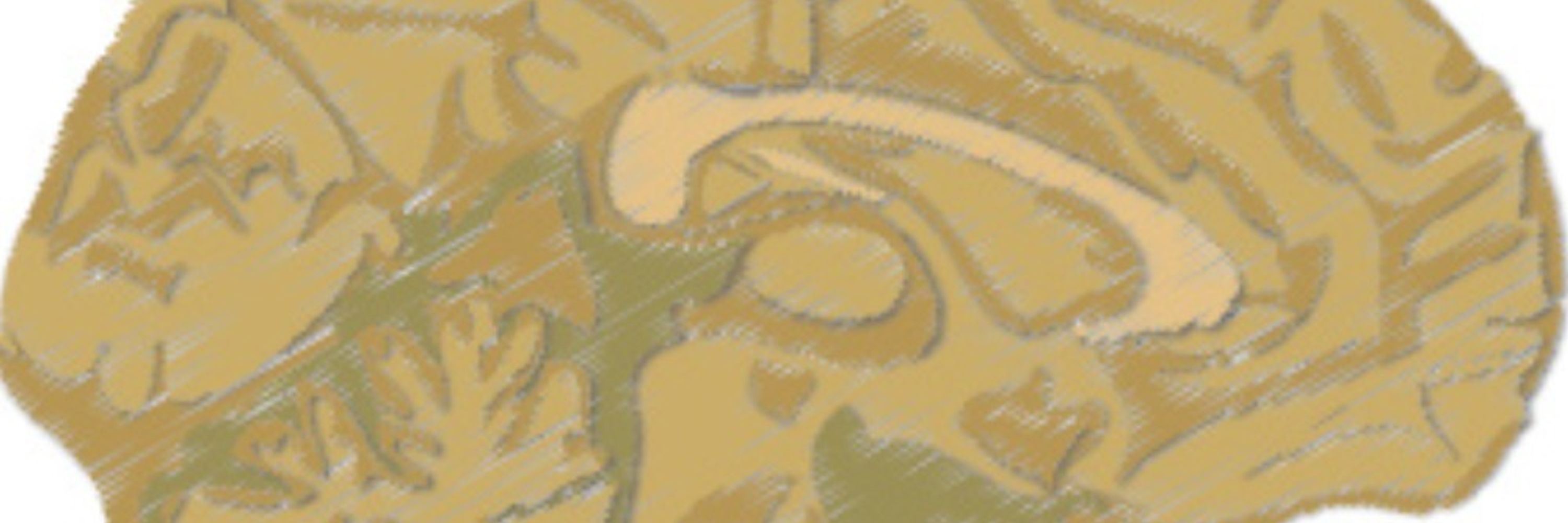
Writing book “Brain Flows: How Network Dynamics Generate The Human Mind” for Princeton University Press
https://www.colelab.org


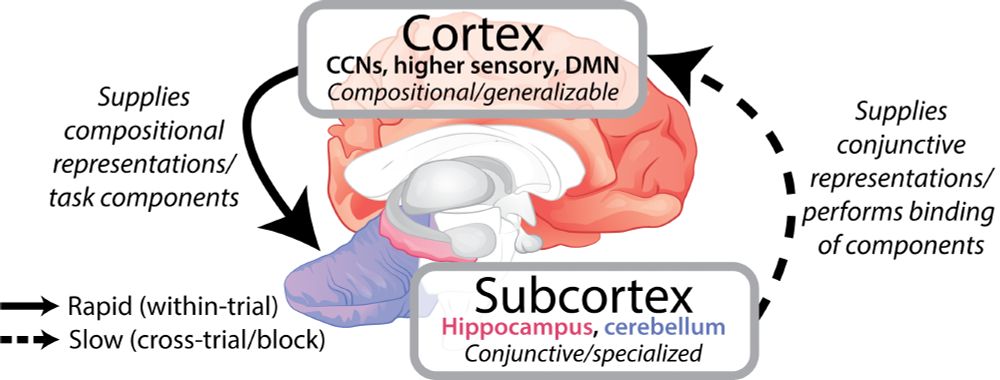

Right posterior theta reflects human parahippocampal phase resetting by salient cues during goal-directed navigation
doi.org/10.1162/IMAG...

Right posterior theta reflects human parahippocampal phase resetting by salient cues during goal-directed navigation
doi.org/10.1162/IMAG...
Do not be satisfied with superficial answers. Be open to wonder and at the same time subject all claims to knowledge, without exception, to critical scrutiny.
Be aware of human fallibility.
Cherish your species and your planet.
- Carl Sagan.
Do not be satisfied with superficial answers. Be open to wonder and at the same time subject all claims to knowledge, without exception, to critical scrutiny.
Be aware of human fallibility.
Cherish your species and your planet.
- Carl Sagan.
Meet Mike
*30+ years severe depression
*first hospitalized @ 13y
*20 meds
*3 rounds of ECT
*2 near-fatal suicide attempts
Mike felt joy for the first time in decades after we turned on his new brain pacemaker or PACE
see videos, read paper, follow thread
doi.org/10.31234/osf...
Meet Mike
*30+ years severe depression
*first hospitalized @ 13y
*20 meds
*3 rounds of ECT
*2 near-fatal suicide attempts
Mike felt joy for the first time in decades after we turned on his new brain pacemaker or PACE
see videos, read paper, follow thread
doi.org/10.31234/osf...
doi.org/10.1038/s415...
Small contribution in this piece by @frosas.bsky.social and colleagues on how we need both types of research culture in neuroscience.
#neuroskyence
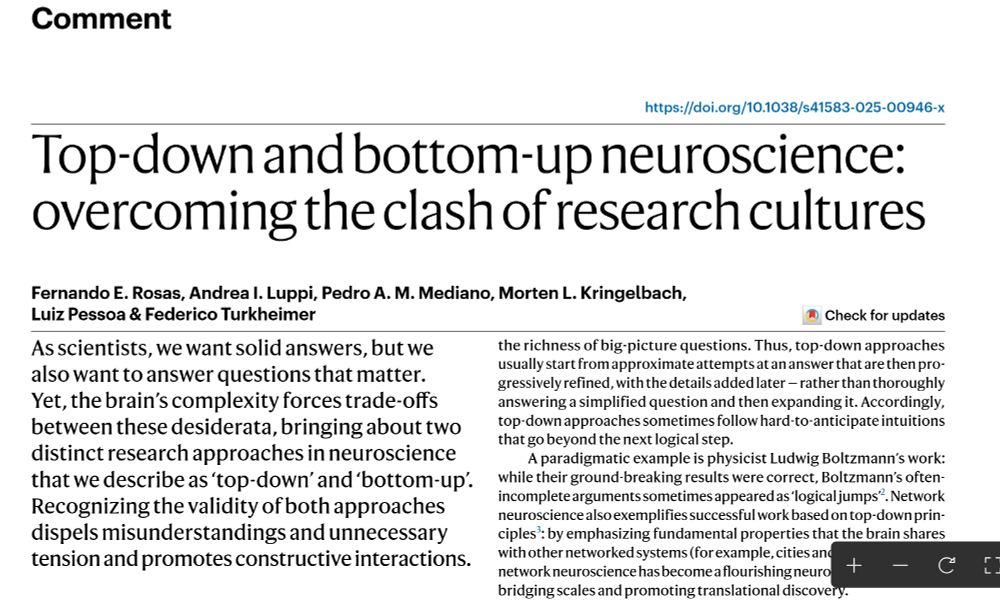
doi.org/10.1038/s415...
Small contribution in this piece by @frosas.bsky.social and colleagues on how we need both types of research culture in neuroscience.
#neuroskyence
Work with @zejinlu.bsky.social @sushrutthorat.bsky.social and Radek Cichy
arxiv.org/abs/2507.03168
Work with @zejinlu.bsky.social @sushrutthorat.bsky.social and Radek Cichy
arxiv.org/abs/2507.03168
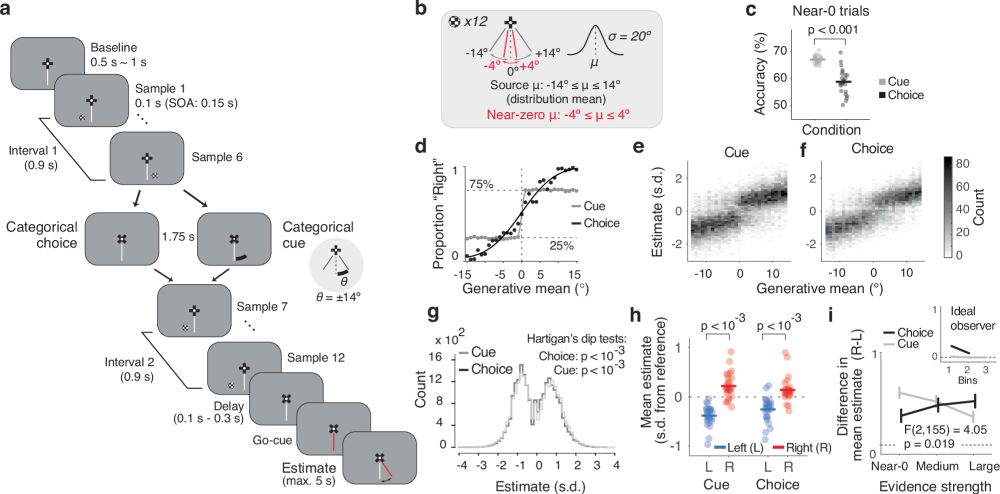
Brain network dynamics reflect psychiatric illness status and transdiagnostic symptom profiles across health and disease: www.biorxiv.org/content/10.1...
Brain network dynamics reflect psychiatric illness status and transdiagnostic symptom profiles across health and disease: www.biorxiv.org/content/10.1...
1) Science is fundamentally a jobs program. Many 100,000s are employed to do science and work for you, the US taxpayer.

1) Science is fundamentally a jobs program. Many 100,000s are employed to do science and work for you, the US taxpayer.

Proud of Harvard for standing up to fascism, though.
We will persist.

Proud of Harvard for standing up to fascism, though.
We will persist.
Thanks to @sciencehomecoming.bsky.social for helping researchers write op-eds for their hometown newspapers about the impacts on science 4/
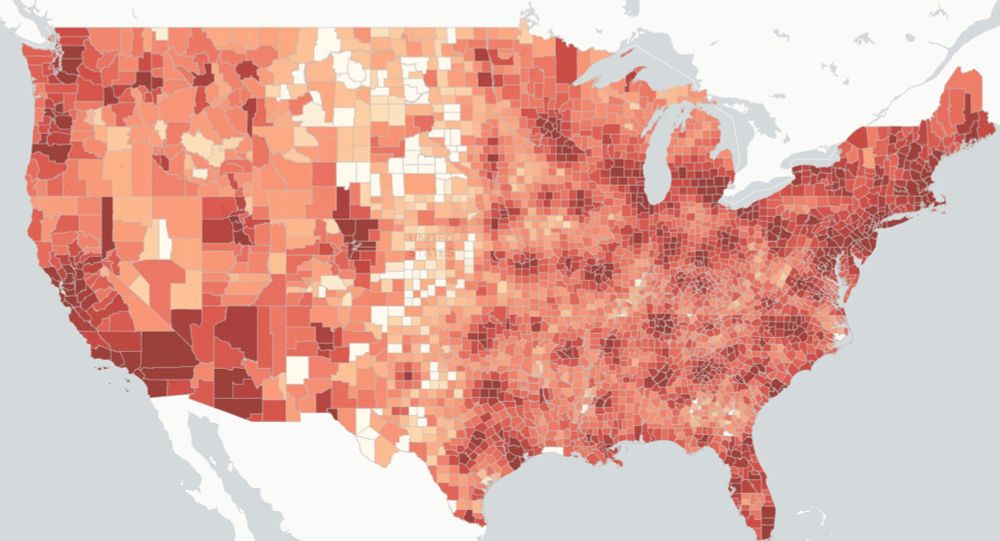
Thanks to @sciencehomecoming.bsky.social for helping researchers write op-eds for their hometown newspapers about the impacts on science 4/
Like, the number of lives saved by controlling air pollution in America is probably over 200,000 per year, but the number of people who think their life was saved by controlling air pollution is zero.
Like, the number of lives saved by controlling air pollution in America is probably over 200,000 per year, but the number of people who think their life was saved by controlling air pollution is zero.
Four lab members (including myself) will be at the conference – I hope to see you there!
We will be presenting the following 4 posters:
... [1/n]

Four lab members (including myself) will be at the conference – I hope to see you there!
We will be presenting the following 4 posters:
... [1/n]
If Alzheimer’s has touched your life, raise some hell.
www.baldwin.senate.gov/news/press-r...

sciencehomecoming.com
sciencehomecoming.com

